Strategy, Legal & Operations
Why a lack of traceability could damage a CEO’s reputation
Being aware of traceability in manufacturing is vital for business leaders. It can even be a matter of life or death. Here's what you need to know.
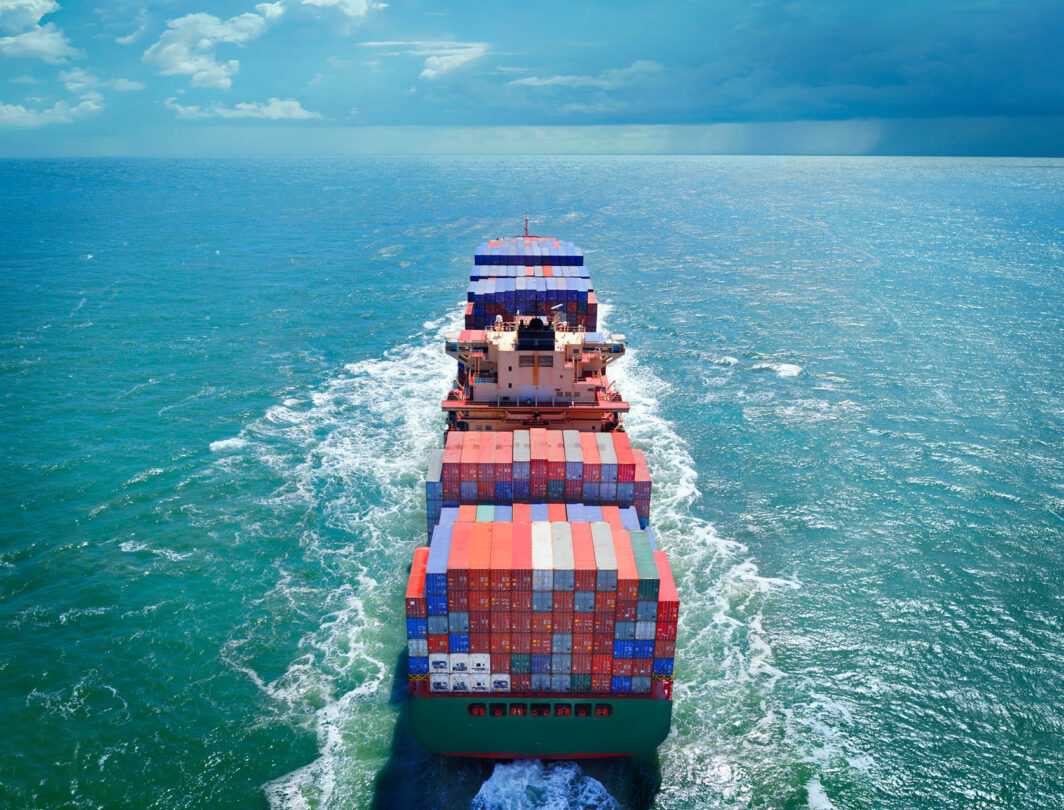
A supply chain problem can damage a company’s reputation and potentially cost it millions in lost revenue. There have been a number of high-profile incidents in the past few years, particularly in manufacturing industries that are highly regulated and where failures in quality can end in disaster.
A lack of traceability could easily affect the reputation of the CEO in charge of the business.
In 2013, a major scandal in Europe created unwanted headlines for the businesses involved, damaging consumer trust and confidence in what they were getting, after it was found that food advertised as containing beef contained undeclared or improperly declared horse meat.
Traceability in manufacturing – the ability to track and trace through the supply chain as raw materials turn into finished products – should prevent these issues from happening, providing visibility in what gets manufactured for consumers and businesses.
Supply chain traceability is of critical importance to all manufacturers.
This can apply to both discrete manufacturing (where you are using parts to create distinct items) and process manufacturing (where you are combining ingredients using a formula or recipe).
Two highly regulated manufacturing industries where traceability can be a matter of life and death are pharmaceuticals and food and drink.
New EU pharma traceability legislation
Traceability is of huge importance in pharmaceutical manufacturing, which provides drugs and medicine to millions of people around the world.
Like the food and drink industry, pharmaceutical manufacturers understand that supply chains can be vulnerable. For example, counterfeit medicine with wrong or insufficient ingredients can at worst be deadly.
According to IDC, the next few years will be very busy for drug manufacturers and wholesalers, with the European Union bringing in new requirements for drug traceability and data exchange (it’s likely the UK will also bring in these laws, in spite of Brexit).
Pharmaceutical manufacturers should look upon this challenge as an opportunity.
Nino Giguashvili, senior research analyst at IDC, says: “Beyond immediate compliance purposes, end-to-end implementation of serialisation and track-and-trace solutions, and smart use of the rich data they generate provide unparalleled opportunities to improve control over supply chains, increasing their transparency, safety and reliability, as well as creating unique prospects for boosting consumer confidence and brand image.
“Smart application of track-and-trace and data management solutions can actually enhance overall supply chain performance by supporting a broad range of business aspects, including collaboration and integration across the entire supply chain ecosystem, data-driven decision-making, financial transparency and revenue management, as well as marketing and sales efforts.”
Sage Business Cloud X3
Need better insights into your business? Sage Business Cloud X3 provides you with fast, simple and flexible business management, helping you to manage your business and boost your profits.

Why is food traceability important?
For many industries, regulations force the hand of manufacturers to have traceability baked into their processes, which means they need to keep their technology up to date.
Take food and drink manufacturing, for instance. Traceability is at the cornerstone of EU food safety policies, providing what it calls a risk-management tool that allows food business operators or authorities to withdraw or recall products identified as unsafe.
It also allows them to identify risks, trace it back to the source, isolate the problem and prevent contaminated food from reaching consumers.
The EU’s General Food Law came in force in 2002, making traceability compulsory for all food and feed operators. It also means they have to implement special traceability systems, identifying where products have come from and rapidly providing this information to the required authorities.
Guidelines require the documentation of supplier names and addresses, the nature and detail of the product, date of delivery, information on volume and quantity of a product and batch numbers.
Although the UK’s relationship with the EU will change after Brexit, it seems unlikely that these policies will be relaxed.
Shan Zhan, global business manager at ABB’s food and beverage business, says: “All food manufacturers across the world, no matter what the local regulation, should be in the very least compliant with the ISO 22005:2007 standard for traceability in the feed and food chain.
“This allows organisations to accurately record data pertaining to their products, including everything from the feed being used to the ingredients and packaging, and ensures that the necessary documentation is intact.
“Compliance to the standard also means that the different suppliers and authorities involved are constantly kept up to date.”
Traceability needs humans and automation
Shan reveals there are two factors required to improve traceability and ensure minimum compliance to this standard. The first is the human factor.
He says: “While it is vital to have standard operating procedures [SOPs] for traceability in a food processing facility, such as scanning an ingredient on receipt, employees are often responsible for doing this.
“Without this, no matter how good the control system, it will never be effective. The manufacturer must therefore ensure all staff follow SOPs, using any method they deem necessary.”
The second factor to improve traceability procedures is having a complete automation control system. This should gather data from every level of automation to feed back to the central manufacturing execution system (MES) or manufacturing operations management (MOM).
The implementation of effective SOPs as well as complete traceability is supported by the MOM system.
From the first level of automation such as sensors at the feed level, the MES must process all this information, such as the timestamp, what supplier the product has come from and which operator has handled the product. This must then be converted into production data for the plant manager to review.
The MOM system guides the operators and ensures they are performing their tasks in the correct way, avoiding deviations and non-conformances.
In addition, all the relevant data such as material lots, quantities, test results and process parameters are collected along the complete process to ensure complete forward and backward traceability.
Shan adds: “Not only does this information form a useful backup in the event of a food scandal, it allows the plant manager to see where there are stoppages in production and to review quality control, for example to see how quickly perishable products pass through the plant and make it to the customer.
“Having such a comprehensive log of data can ensure that the food processing facility is prepared in the event of a recall or contamination scandal. This data can then identify where products need to be destroyed, and is able to present the data to the customers and authorities.”
Using blockchain for traceability?
Manufacturers around the world are looking at how technology can improve the way they use traceability in the supply chain. One example is blockchain, with multinational companies such as IBM and Walmart already working on a project using blockchain technology for traceability.
Blockchain distributed ledger technology keeps a digital record of all transactions. The records are broadcast to a peer-to-peer (P2P) network consisting of computers known as nodes. Once a new transaction is verified, it is added as a new block to the blockchain and cannot be altered.
Today, records of suppliers and customers are often collected manually, which ensures the manufacturer can trace the entire process.
However, this does not protect the confidential data of suppliers. Blockchain technology can anonymise the data, yet record it in a way that ensures the supply chain is up to standard.
When it comes to traceability, blockchain technology can prevent food fraud, as the amount of each ingredient going into the supply chain cannot be lower than the volume going out. This would flag the product as a fraudulent product.
Not only could blockchain help monitor food ingredients, it could also monitor the conditions at the production facility. These are often very difficult to verify and, even if records are taken, they can be falsified.
A photo or digital file can be taken to record the situation, such as a fish being caught, to show it complies with regulations on sustainably caught seafood.
Next, a secure digital fingerprint for this image is recorded in the blockchain, known as a hash. The time and location of the photograph will be encrypted as part of this hash so it cannot be manipulated.
The next supplier in the blockchain will then have a key to this hash and will be able to see that their product has met the regulations.
Shan adds: “Food and beverage manufacturers can also use blockchain to ensure that conditions at their production facilities are being met, or any other data that needs to be securely transferred along the production line.
“While we are not yet advanced enough with this technology to implement across all food and beverage supply chains, increased digitalisation and being at the forefront of investment into these technologies will help plant managers to prepare their supply chain against the food fraud threat.”
The C-suite guide to digital business transformation
C-level executives need to invest time and effort in digital business transformation. Read this guide to find out why and discover the five tips that will help your business make it a reality.

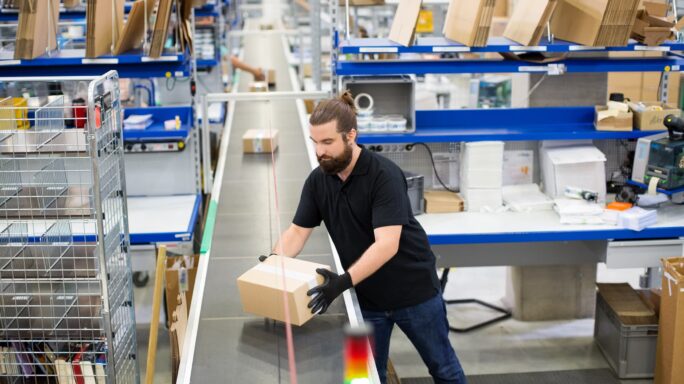
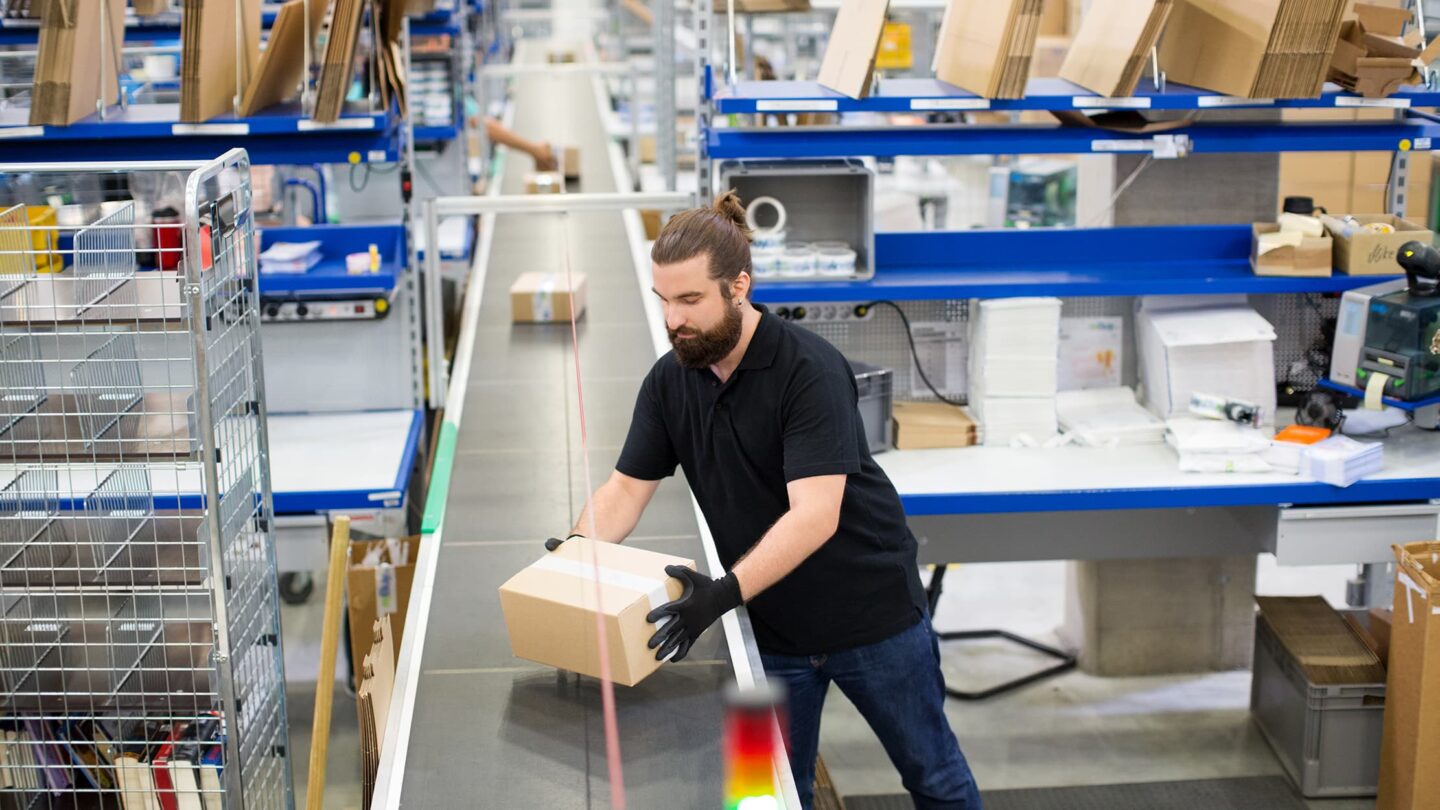
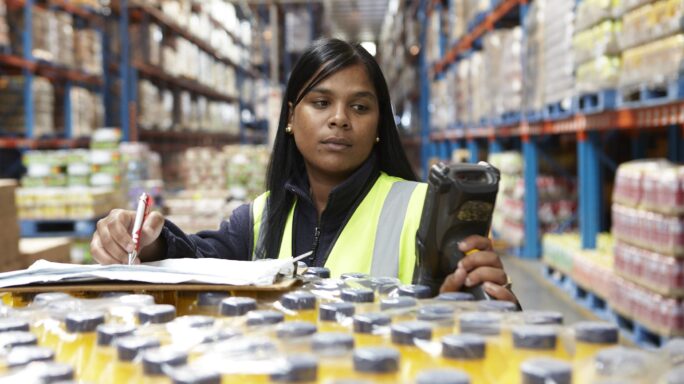
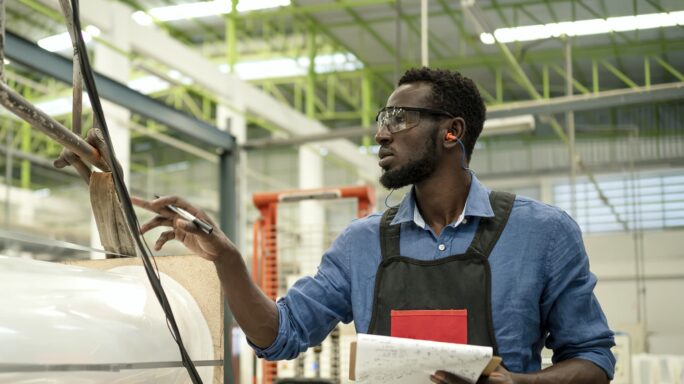
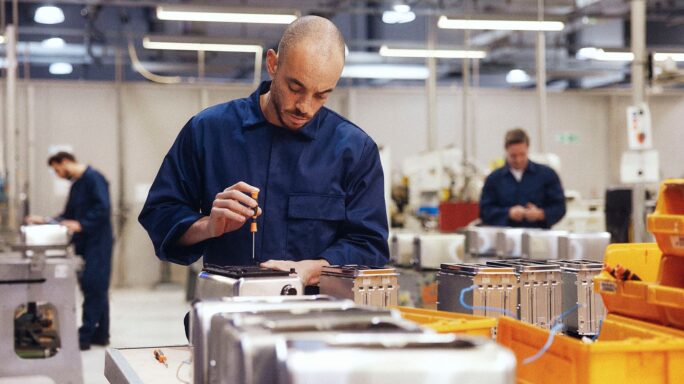
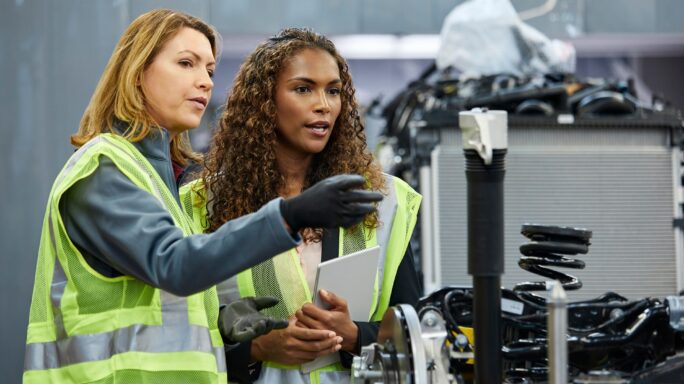
Ask the author a question or share your advice